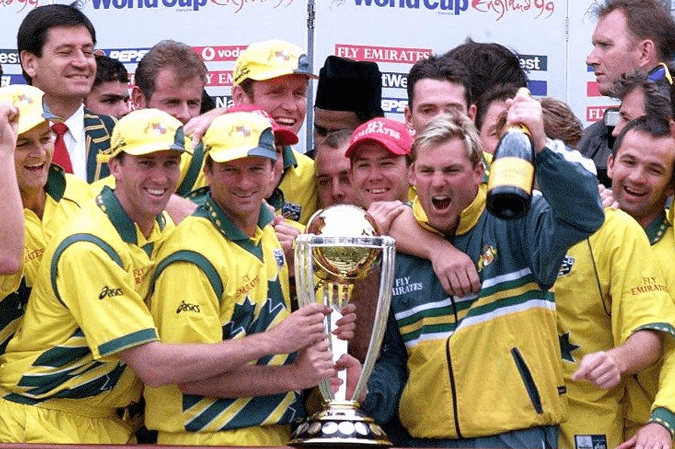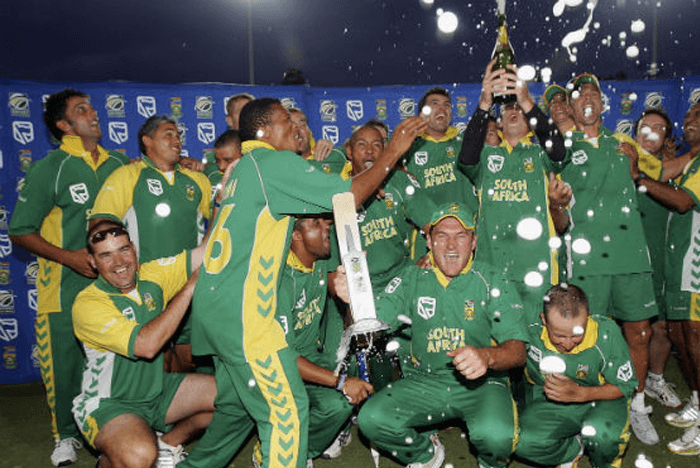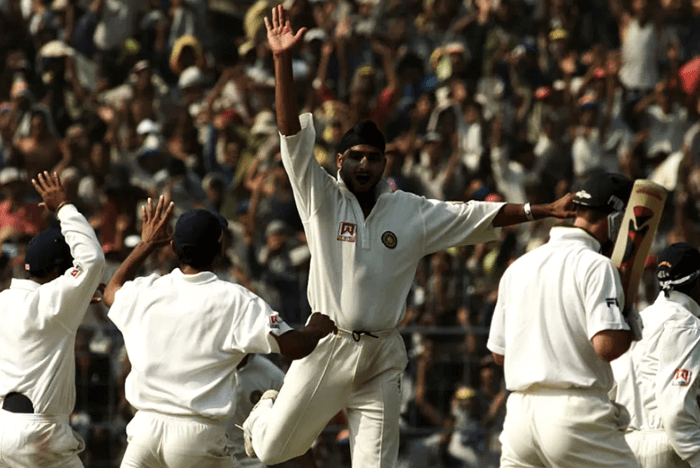The 1999 Cricket World Cup, officially known as the ICC Cricket World Cup, was the seventh edition of the tournament. It was held in England from May 14 to June 20, 1999. This edition of the World Cup is particularly remembered for its thrilling matches, iconic performances, and dramatic moments.
Tournament Summary:
- Host: England
- Dates: May 14 – June 20, 1999
- Teams: 12
- Format: Round-robin (group stage) followed by Super Sixes, Semi-finals, and Final
- Winner: Australia
- Runner-up: Pakistan
Final Match Highlights
- Date: June 20, 1999
- Venue: Lord’s, London
- Result: Australia won by 8 wickets.
- Australia’s Key Players: Shane Warne (4 wickets in the final), Adam Gilchrist (quick 54 runs).
Highest Run Scorers of the Tournament
| Player | Country | Matches | Runs | Average | Strike Rate | 100s/50s |
| Rahul Dravid | India | 8 | 461 | 65.85 | 85.52 | 2/3 |
| Sourav Ganguly | India | 7 | 379 | 54.14 | 83.86 | 2/1 |
| Saeed Anwar | Pakistan | 10 | 368 | 52.57 | 84.15 | 2/1 |
| Mark Waugh | Australia | 10 | 375 | 41.66 | 77.95 | 0/5 |
| Steve Waugh | Australia | 10 | 398 | 79.60 | 70.73 | 1/3 |
Highest Wicket Takers of the Tournament
| Player | Country | Matches | Wickets | Average | Economy Rate |
| Geoff Allott | New Zealand | 9 | 20 | 16.25 | 3.57 |
| Shane Warne | Australia | 10 | 20 | 18.85 | 3.82 |
| Glenn McGrath | Australia | 10 | 18 | 19.61 | 3.92 |
| Shoaib Akhtar | Pakistan | 10 | 16 | 19.43 | 4.13 |
| Lance Klusener | South Africa | 8 | 12 | 20.83 | 4.28 |
Hidden and Interesting Facts
- Lance Klusener’s All-Round Brilliance: Lance Klusener was the Player of the Tournament, thanks to his all-round performance, scoring 281 runs at an average of 140.50 and taking 12 wickets. His hard-hitting and calmness under pressure were standout features of the tournament.
- The Semifinal Tie: The semi-final between Australia and South Africa is one of the most dramatic matches in cricket history. The match ended in a tie, with both teams scoring 213, but Australia advanced to the final due to a superior net run rate.
- Australia’s Dramatic Turnaround: After a shaky start to the tournament, where Australia lost two of their first three matches, they bounced back strongly. They won the rest of their games, showcasing resilience and strategic brilliance.
- Controversy of the Super Six Stage: The format of the Super Six stage was controversial, as it allowed teams to carry points from wins in the group stage against other Super Six qualifiers. This system had a significant impact on the final standings.
- India’s Batting Prowess: India’s Rahul Dravid and Sourav Ganguly formed one of the most successful partnerships of the tournament, including a massive 318-run stand against Sri Lanka, which was the highest ODI partnership at the time.
- Wasim Akram’s Captaincy: Wasim Akram led Pakistan to the final, becoming the first left-arm fast bowler to captain a team to a World Cup final. His leadership and bowling were crucial in Pakistan’s campaign.
Amazing Records
- Rahul Dravid and Sourav Ganguly’s Partnership: The pair’s 318-run stand against Sri Lanka was the highest ODI partnership at the time.
- Lance Klusener’s Strike Rate: Klusener ended the tournament with a strike rate of 122.17, the highest for any player in the tournament.
- Most Runs in a Single World Cup: Rahul Dravid’s 461 runs were the most by any player in the 1999 World Cup.
Conclusion
The 1999 World Cup is often remembered as one of the most exciting editions of the tournament, marked by dramatic moments, outstanding individual performances, and strategic brilliance. Australia’s victory marked the beginning of their dominance in world cricket, as they went on to win two more consecutive World Cups in 2003 and 2007. The tournament left an indelible mark on cricket history with its intense competition and unforgettable moments.
Sources
- ESPN Cricinfo: 1999 Cricket World Cup Overview
- ICC Official Website: 1999 World Cup Statistics
- Wisden: 1999 World Cup Highlights
- Cricket Archive: 1999 World Cup Records
- BBC Sport: 1999 World Cup News and Articles
- Image Source: www.cricketcountry.com



